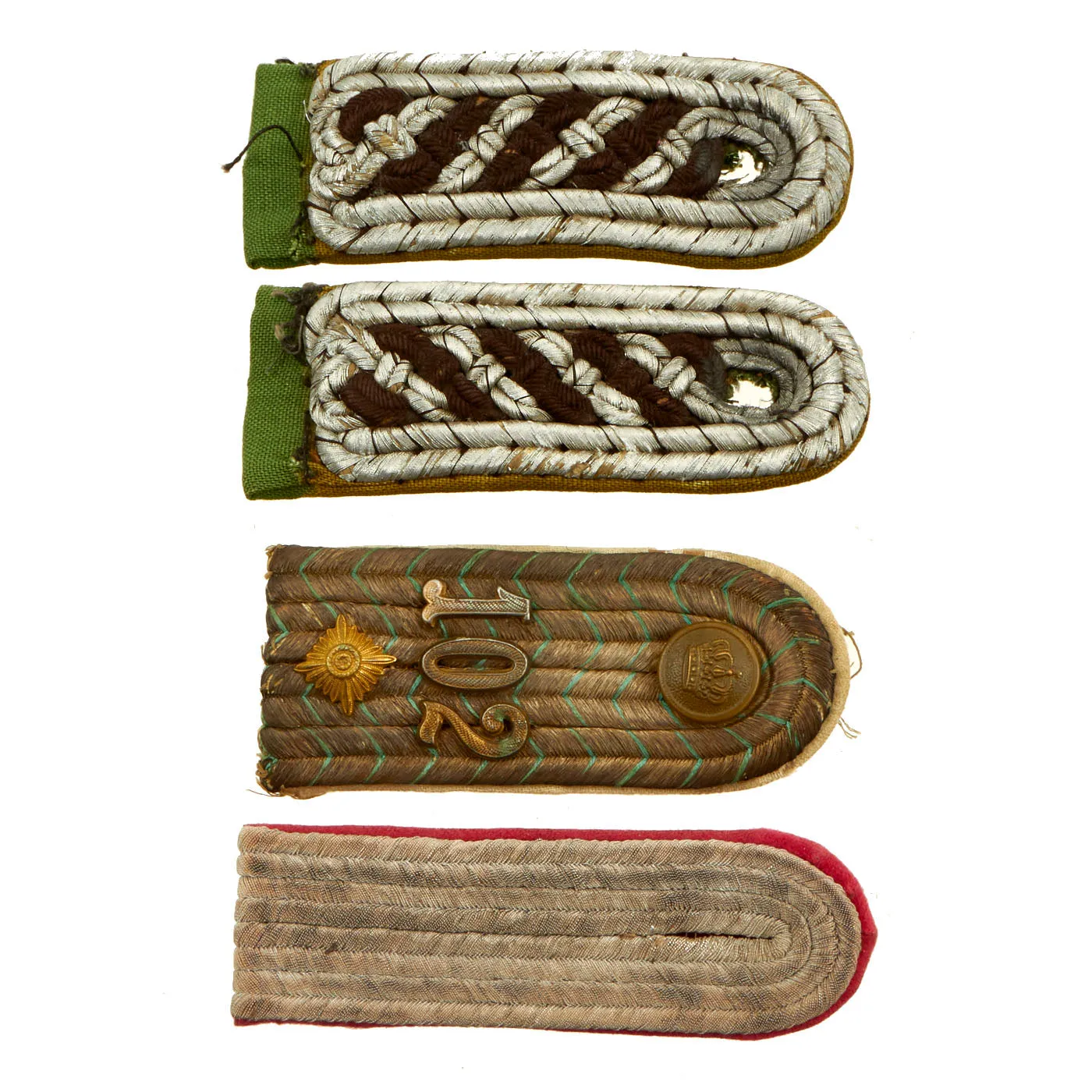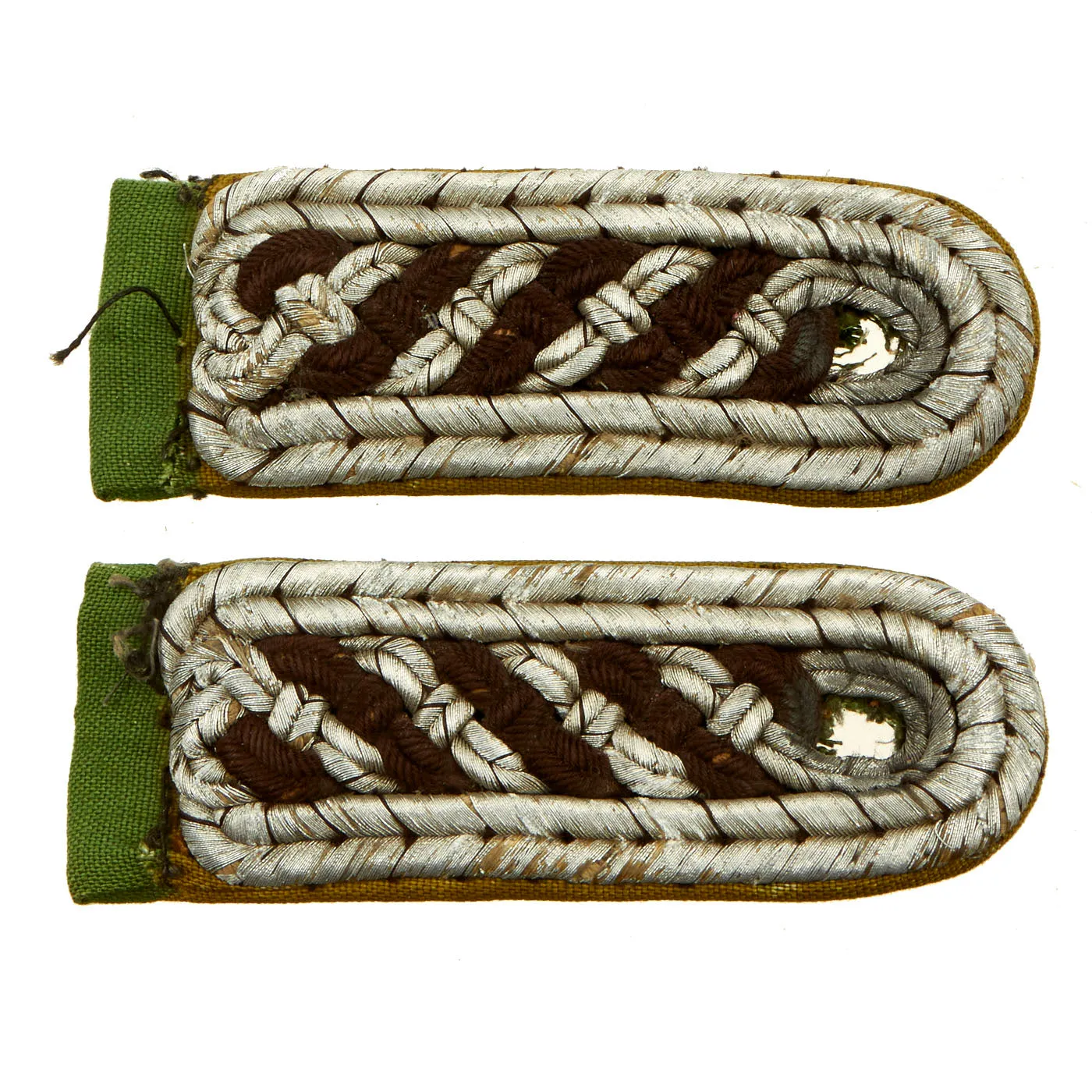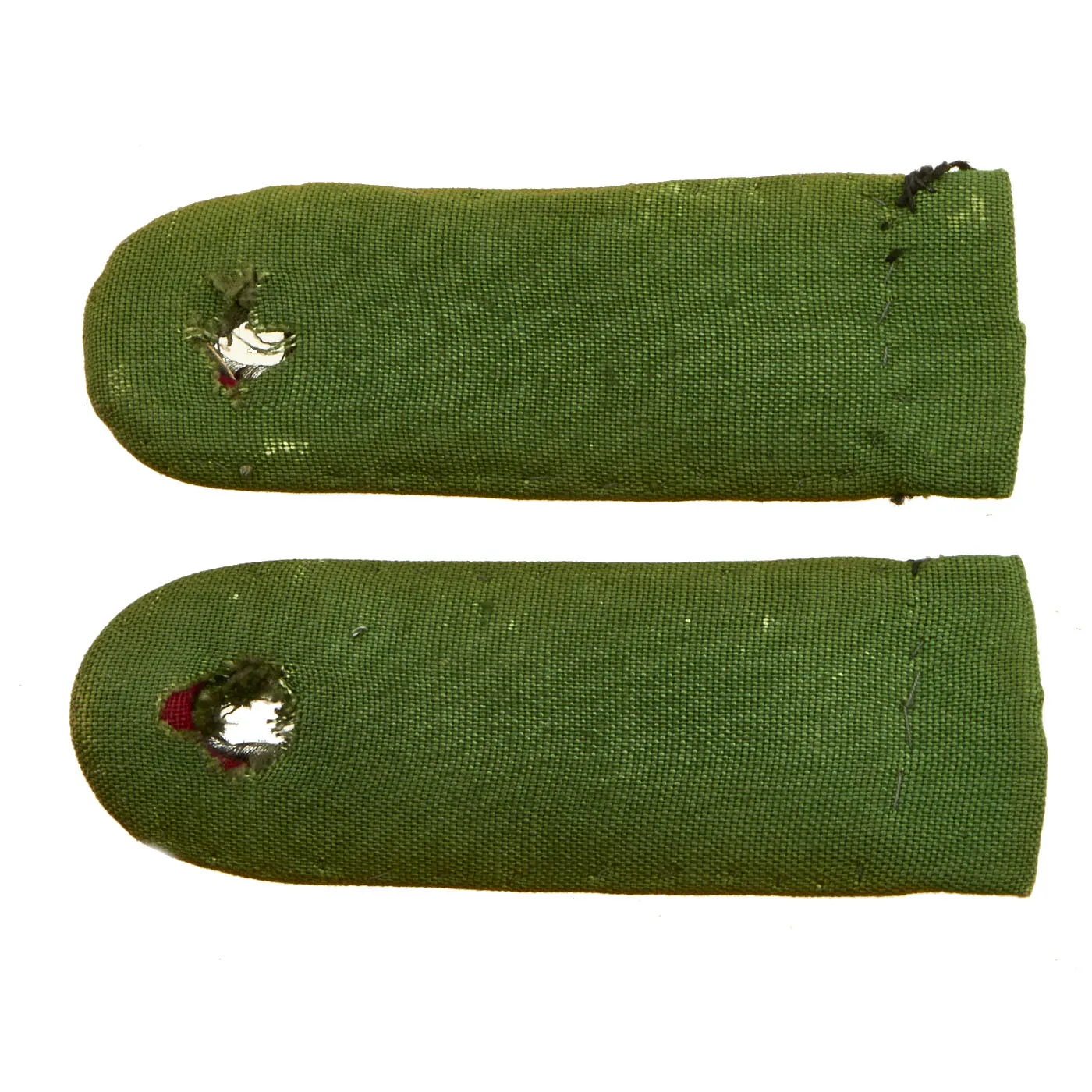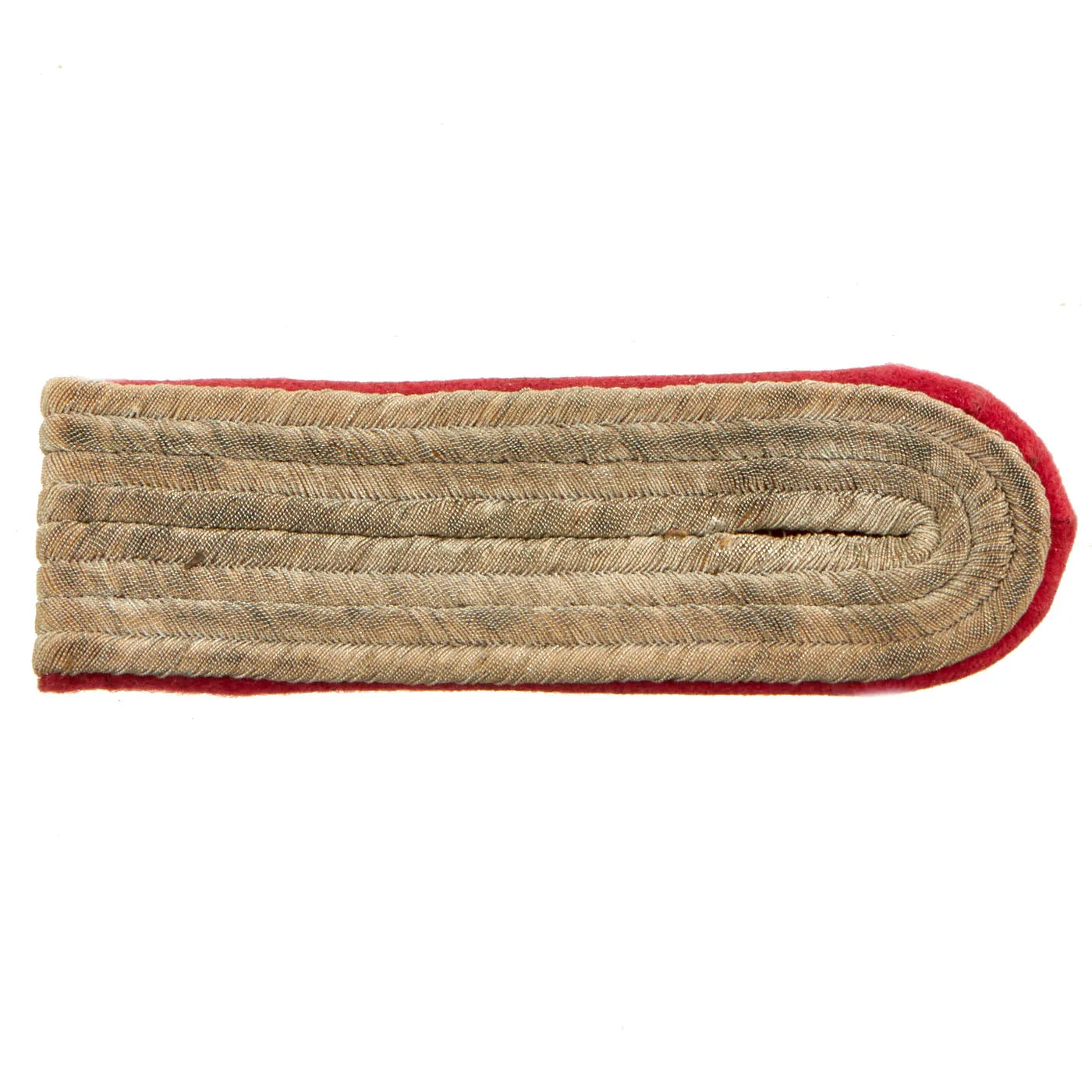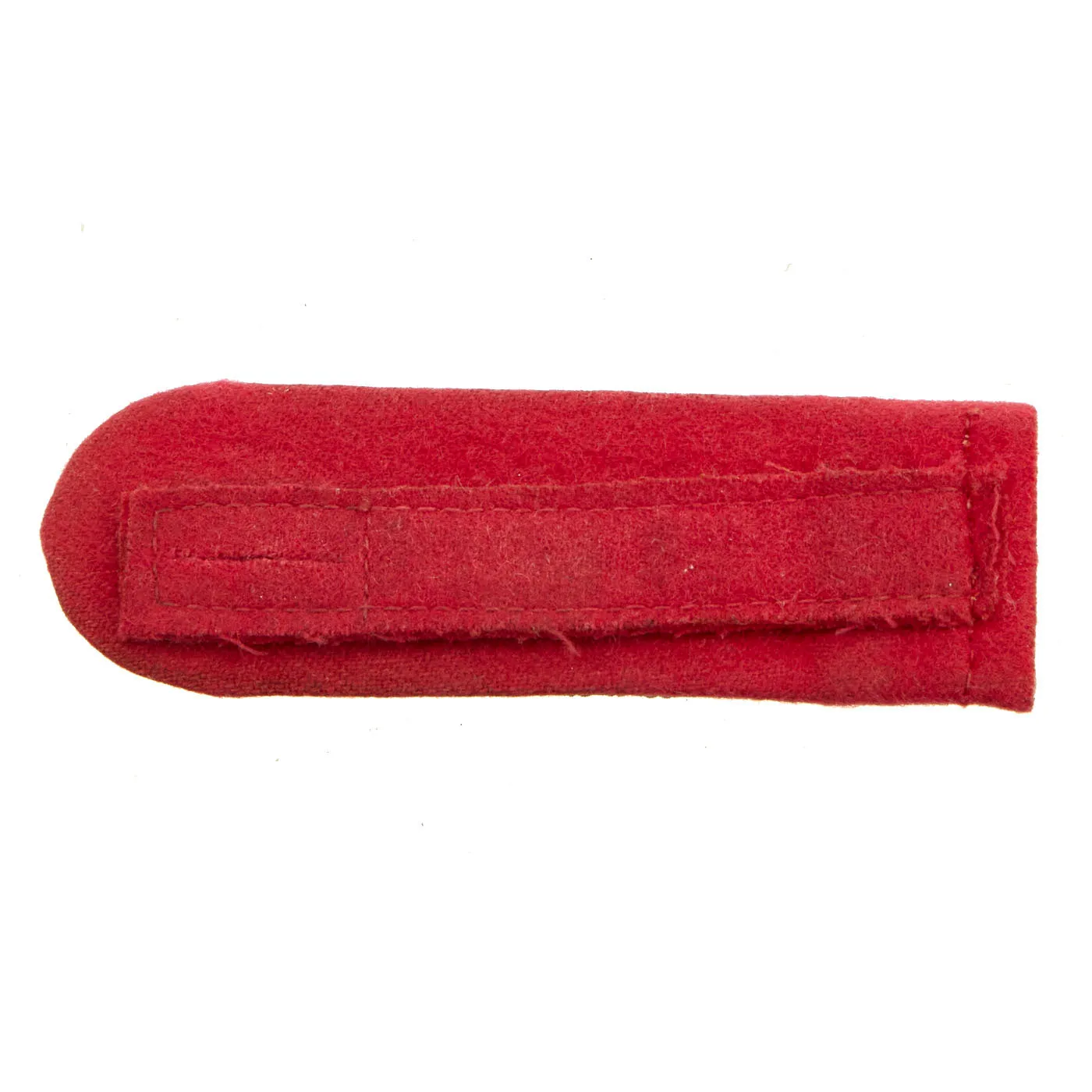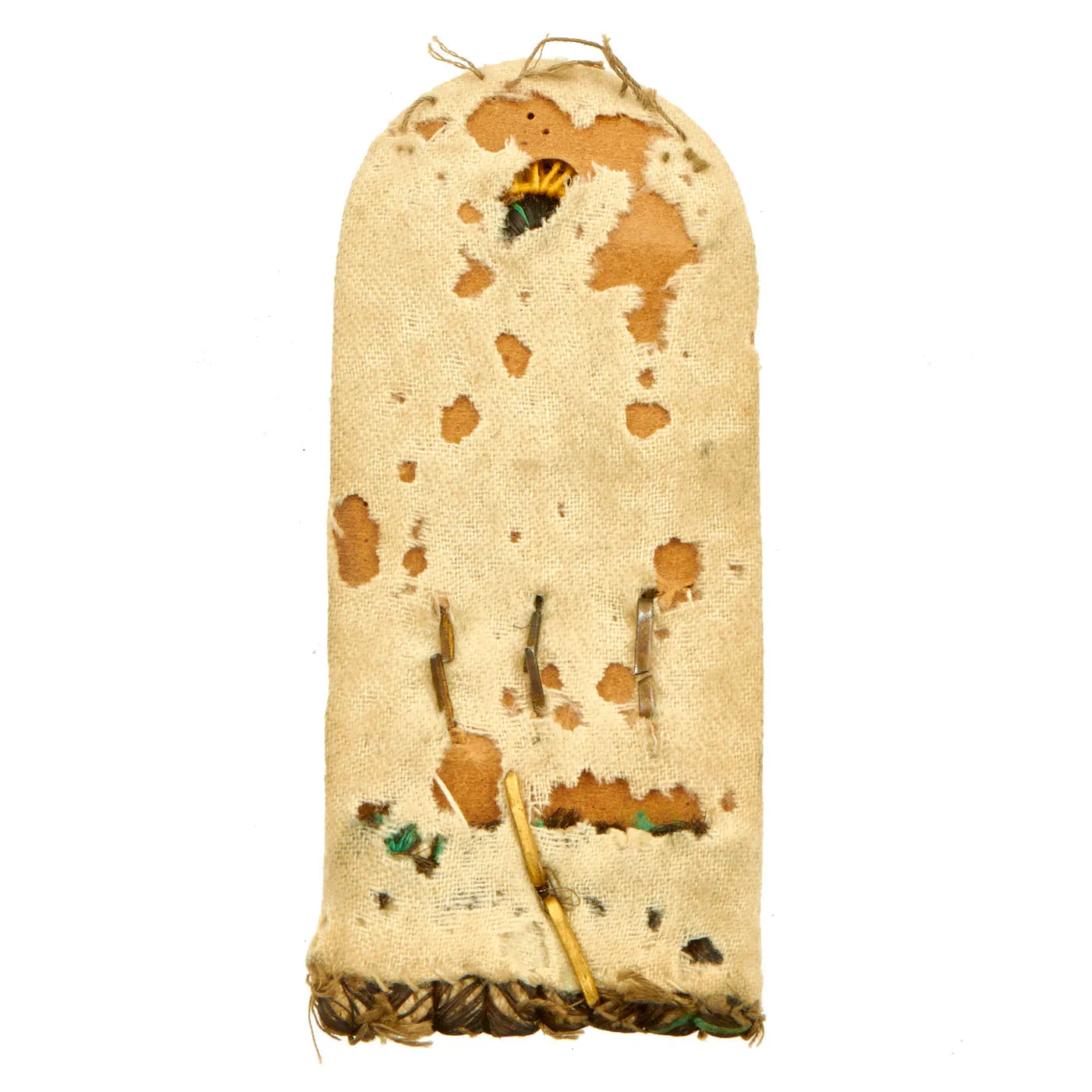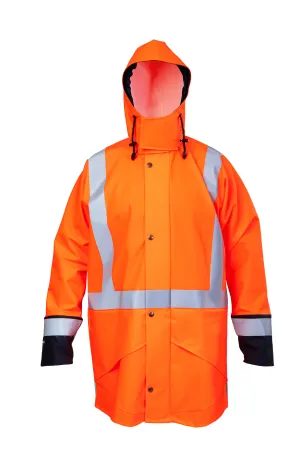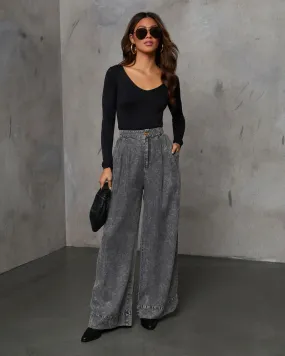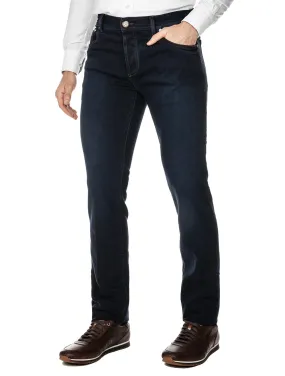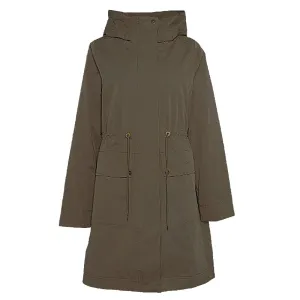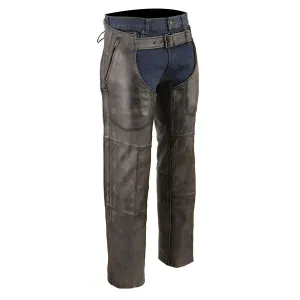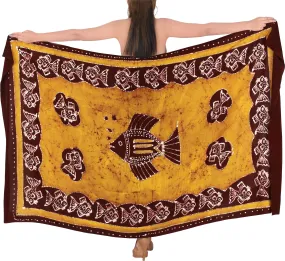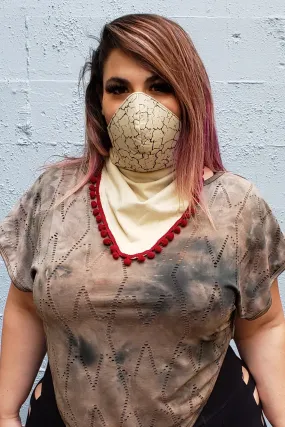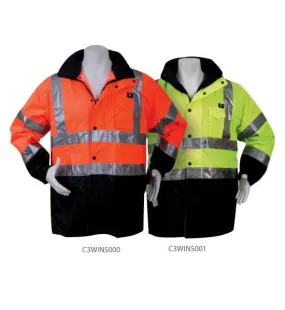Original Item: Only One Lot of 4 Available. This is a very nice set of German Schulterstücken (Shoulder Boards), made up of 3 WWII issue examples, and a 1 Imperial German shoulder board. The designs changed somewhat during the course of the war, and the many different corps colors can sometimes make them hard to identify. This is especially true of Imperial German shoulder boards, which often varied state to state.
Most likely brought home by a US Soldier after the war, as they were very popular collectors items, with a wide variety of colors and designs.
This very nice set consists of the following:
- Imperial German Oberleutnant 102nd Infantry Regiment: This is just a single shoulder board and features a single rank pip for a Lieutenant with a white border signifying infantry. There is some fading present and minor moth nips on the reverse.
- WWII German Schutzpolizei Meister's Shoulder Boards: A meister is the US equivalent to a Warrant Officer. Both shoulder boards are in lovely worn condition with minor staining and thread loss.
- WWII Panzer Leutnant Shoulder Board: The color is pink, indicating armored troops use. The colors have retained nicely with some silver loss to the thread.
All wonderful examples that come ready for display!
The Heer as the German army and part of the Wehrmacht inherited its uniforms and rank structure from the Reichsheer of the Weimar Republic (1921–1935). There were few alterations and adjustments made as the army grew from a limited peacetime defense force of 100,000 men to a war-fighting force of several million men.
These ranks and insignia were specific to the Heer and in special cases to senior Wehrmacht officers in the independent services; the uniforms and rank systems of the other branches of the Wehrmacht, the Luftwaffe (Air Force) and Kriegsmarine (Navy), were different, as were those of the SS which was a Party organization outside the Wehrmacht. The NSDAP Party also had its own series of paramilitary uniforms and insignia.
The Reichsheer's shoulder-straps to enlisted men (German: Mannschaften) were very similar to those of World War I, made of feldgrau uniform cloth with pointed or "gable" button ends. In December 1934 the material was changed to gray badge-cloth (Abzeichentuch) and in September 1935 changed again to dark bottle-green (flaschengrün). These "first pattern" shoulder-straps were not edged in Waffenfarbe piping.
In 1938, simultaneous with the removal of Waffenfarbe from field-uniform collar patches, new shoulder-straps were issued. These "second pattern" straps had round rather than pointed ends, and were edged on three sides with wool (later rayon) piping in Waffenfarbe. This pattern would be used through the end of the war, although in 1940 manufacture reverted to field-gray uniform cloth, and as usual alternate versions were made to go with the Panzer uniform (black), tropical uniform (olive cotton) and HBT summer uniform (reed-green twill). Schulterklappen were not worn with the fatigue uniform, nor with camouflage smocks and parkas which used an alternate system of rank insignia.
For junior enlisted men (Mannschaften), rank insignia if any was worn on the left sleeve. However the epaulets did indicate the wearer's unit (usually regiment or independent battalion) together with his sub-branch if any, machine-embroidered in branch-color. For example, a Schulterklappe with rose-pink piping and number "4" would indicate the 4th Panzer Regiment; but if it carried a pink number "4" and letter "A" it would indicate the 4th Armored Reconnaissance (Aufklärungs) Battalion. The German Army used a very large assortment of Latin initials, Gothic initials, script ciphers, Arabic numerals, Roman numerals and symbols to designate all its various service branches and installations. Before the war, shoulder-buttons were embossed with the number of the wearer's company as well, this practice was discontinued "for the duration."
Beginning in January 1940, shoulder-straps with unit insignia were (supposed to be) phased out as a security measure, and removable fabric loops with devices were issued instead. In May 1944 the embroidery was changed from waffenfarbe to light gray.
Officers' shoulder boards were constructed from "Russia" braid, an aluminum-thread double piping. Company-grade officers (Leutnant through Hauptmann/Rittmeister) wore epaulets constructed by wrapping two side-by-side lengths of braid around the buttonhole and back, giving the appearance of eight parallel cords; the whole was sewn to an underlay (Unterlagen) of Waffenfarbe badge-cloth. Until 1938 the underlay was of the same outer dimensions as the braid, and only visible edge-on; in that year the underlay was made wider, so as to create the impression of edge piping like the enlisted shoulder-strap. Rank was indicated by zero to two gilt-metal rank stars; unit designators were also of gilt metal.
Field-grade officer (Stabsoffizier) shoulder boards were made by plaiting together double widths of Russia braid and looping them to form a buttonhole, sewn to a Waffenfarbe underlay; rank again was displayed by zero to two gilt stars.
Once the war began, dull gray aluminum braids appeared, but bright aluminum continued in use.

